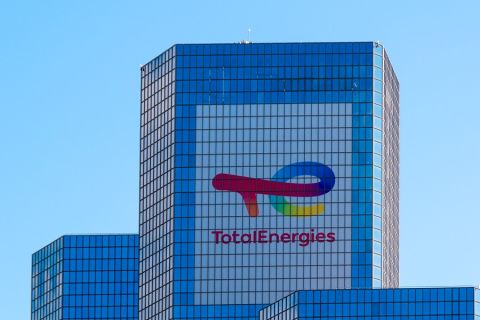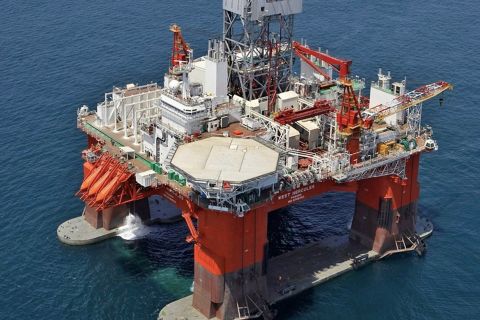The oil and gas industry in Australia on March 10 launched an effort to work on ways to cut the costs of dismantling offshore oil and gas facilities at the end of their lives, a task estimated at A$50 billion ($38 billion).
Backed by BHP Group, Chevron Corp., Exxon Mobil Corp.’s Esso Australia, Santos Ltd. and Woodside Petroleum and others, the Center of Decommissioning Australia (CODA) aims to help the industry build local expertise, come up with dismantling plans and cut costs.
“We’re looking at A$50 billion of work over the next 50 years, so decommissioning represents a multi-generational challenge for Australia,” said Miranda Taylor, CEO of National Energy Resources Australia (NERA), an industry group coordinating the effort.
More than half of that work needs to begin within the next 10 years, according to a study done for NERA.
NERA sees opportunities to cut the estimated decommissioning costs by 35%, or around A$18 billion, while at the same time building up a local services industry to handle the task.
One major cost factor is that all equipment must be removed from offshore sites and disposed onshore—which currently means shipping all equipment to be disposed overseas.
“First, we’re looking at if we are to move to 100% disposal and recycling at the end of life, how do we do that in Australia,” said NERA’s decommissioning general manager, Andrew Taylor.
Companies could save A$2 billion by not having to transport materials to other countries, he said.
Firms could also save money by aligning schedules for decommissioning activities, so they could share the costs of bringing equipment from other countries to handle the work.
Other opportunities include repurposing oil and gas facilities for offshore wind farms, an idea Taylor said could work in the Gippsland Basin off southeast Australia.
($1 = 1.3016 Australian dollars)
Recommended Reading
E&P Highlights: March 4, 2024
2024-03-04 - Here’s a roundup of the latest E&P headlines, including a reserves update and new contract awards.
Tyra Redevelopment Heading for Production in March
2024-02-28 - TotalEnergies said the Danish North Sea project will take about four months to ramp up and is expected to produce 2.8 Bcm/year.
E&P Highlights: March 15, 2024
2024-03-15 - Here’s a roundup of the latest E&P headlines, including a new discovery and offshore contract awards.
US Drillers Add Oil, Gas Rigs for Second Week in a Row
2024-01-26 - The oil and gas rig count, an early indicator of future output, rose by one to 621 in the week to Jan. 26.
Second Light Oil Discovery in Mopane-1X Well
2024-01-26 - Galp Energia's Avo-2 target in the Mopane-1X well offshore Namibia delivers second significant column of light oil.




